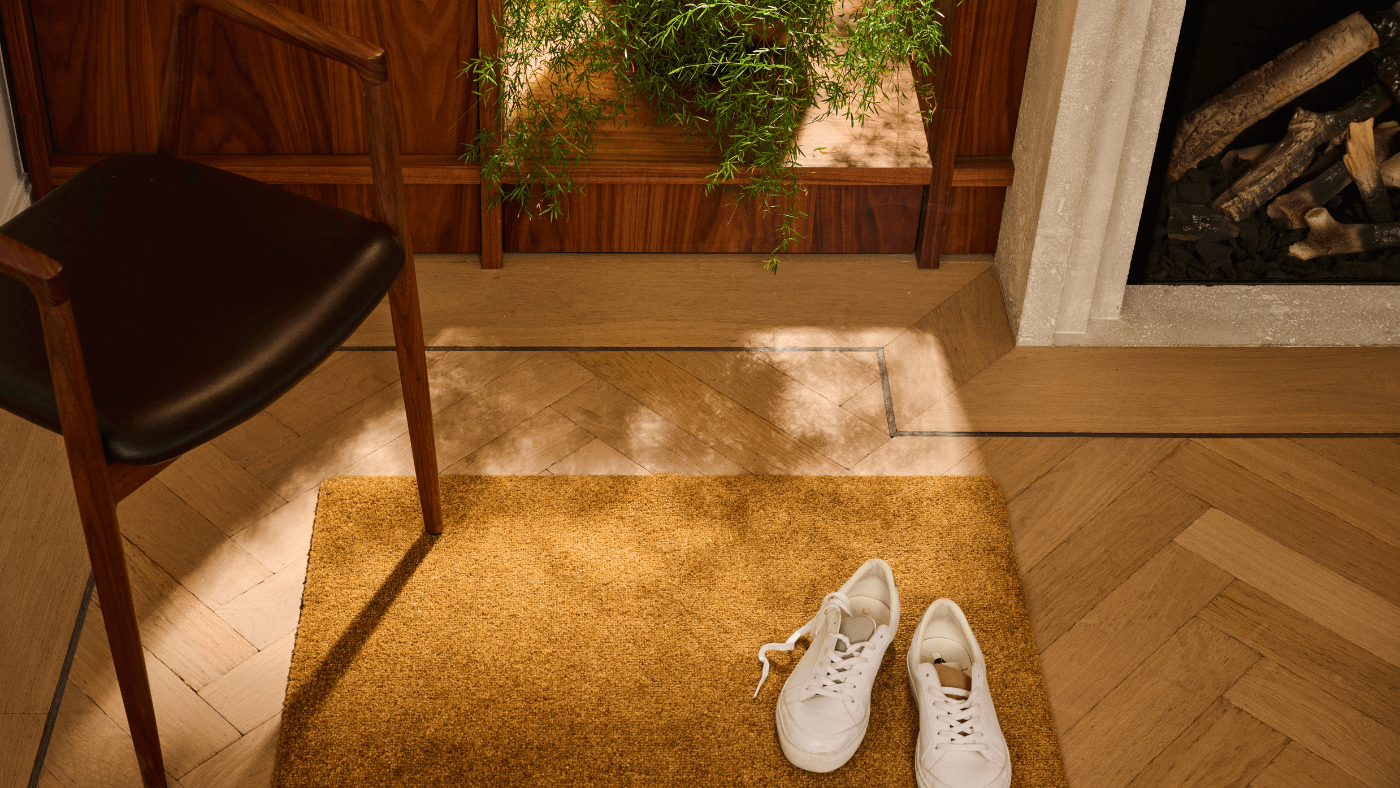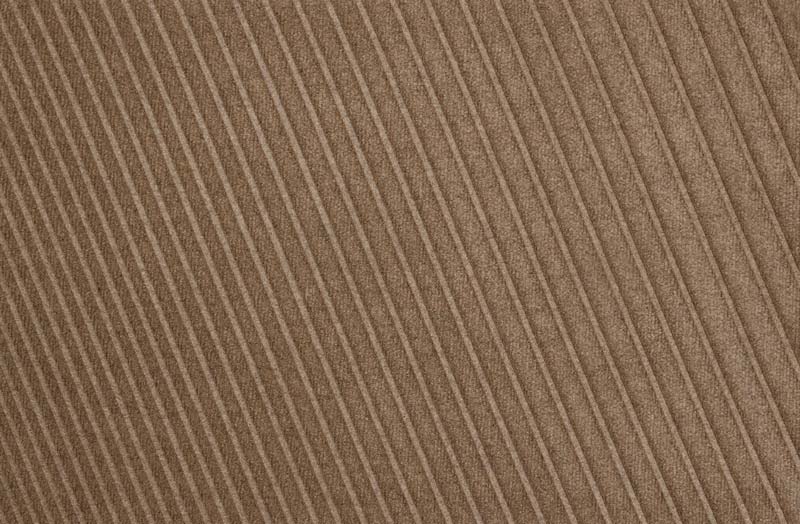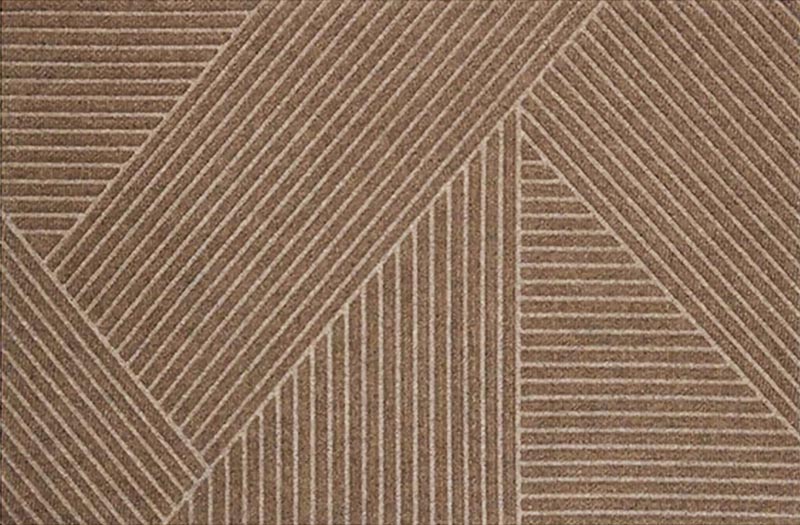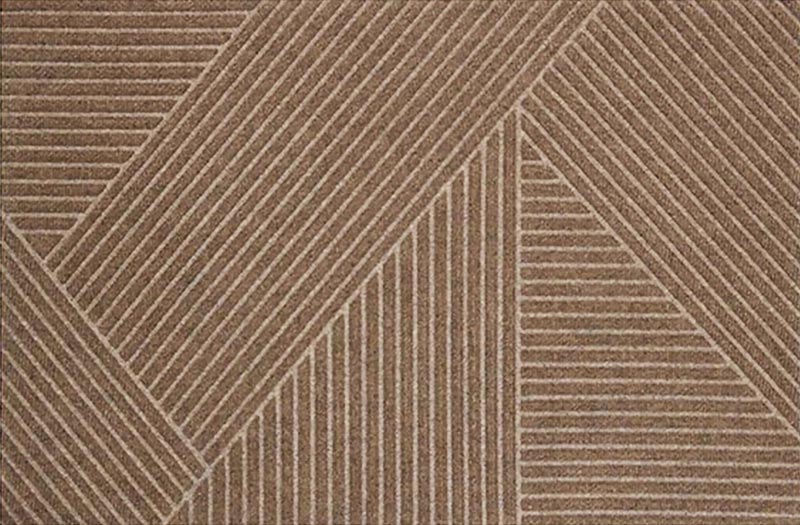Article: Indoor Door Mats That Are Actually Washable: What to Look For
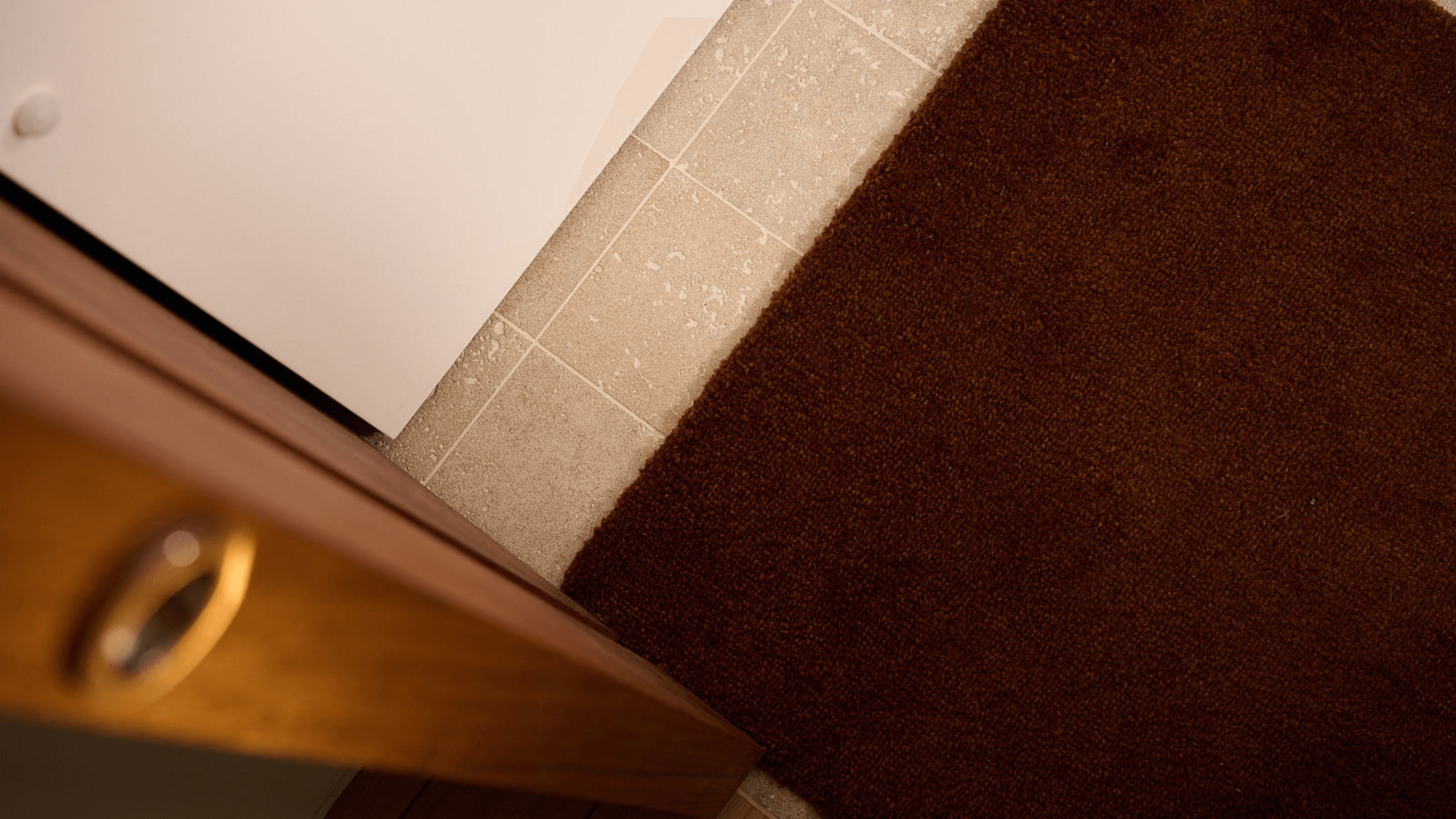
Indoor Door Mats That Are Actually Washable: What to Look For
Welcome back friends to the neighborhood, the only place on the internet where you can get all your questions about doormats answered. Today we're tackling a common frustration - those dirty, worn-out mats that seem impossible to clean.
Before we jump into washing the mats you need to know what the best options are so read our article Why Your Doormat Choice Makes or Breaks Your Home's First Impression
Everyone knows the feeling - that moment when you look at your filthy door mat and wonder if you need another replacement. But what if your door mat could go straight into the washing machine?
Modern door mats come with easy-cleaning features built right in.
This piece will walk you through the essentials of washable door mats. You'll learn about material options and cleaning methods that make door mats truly washable and easy to maintain. Let's take a closer look at practical, long-lasting door mats that won't need frequent replacement.
Can Door Mats Be Washed in a Washing Machine?
You can machine wash most door mats, but the results depend on the material and size. Domestic washing machines work great for smaller mats under 60cm x 90cm. Mats made of cotton and polyester are perfect candidates for machine washing.
Temperature settings for different materials
Your mat's composition determines the best temperature setting. A non-biological detergent at 40°C works best for most washable mats. Cold water proves more effective for mats with synthetic components or rubber backing.
The material-specific guidelines will help you choose the right wash settings:
- Cotton and fabric mats: Standard 40°C cycles work well
- Synthetic materials: Cold to lukewarm water protects the fibers
- Microfiber mats: Cold water and gentle cycles maintain absorbency
Here's a vital point to remember: stay away from fabric conditioners or combined detergent-conditioner products. These products will substantially reduce your mat's ability to trap dirt. Regular washing will improve some mats' performance by raising the pile and boosting absorbency.
Pre-wash preparation steps
The right preparation steps will give you the best cleaning results before you put your mat in the machine:
- Check the care label: Your mat's specific washing instructions matter. Look for notes like "hand wash only" or temperature requirements.
- Remove loose debris: Shake your mat outside first. A good vacuum on both sides will get rid of trapped dirt and dust. This step keeps your washing machine from clogging up.
- Inspect for stains: Tackle tough spots with a gentle stain remover or mix mild detergent with water. Let the solution work its magic before washing.
- Load correctly: The mat needs room to move in the machine. This allows proper agitation and thorough cleaning.
A gentle or delicate cycle works best for the actual wash. Slower agitation and reduced spin speed protect your mat's fibers while cleaning it. A small amount of mild detergent does the job - too much leaves residue that attracts dirt faster.
Mat weight is something people often forget about. Wet mats become much heavier, so check your machine's load limit. Professional cleaning services are a great option for oversized mats that don't fit in home machines.
Monthly washing keeps your mat in top shape. Clean mats look fresh and help keep the area underneath clean and aired out. Let your mat dry completely in the air - a damp mat on your floor can cause mold or damage.
What is the Best Material for Indoor Door Mats?
Microfiber benefits
Microfiber is a top choice for indoor door mats because it absorbs exceptionally well. These mats have fibers thinner than one denier in diameter. This creates a strong capillary effect that traps moisture and dirt efficiently.
Microfiber's smart design comes with several key advantages:
- Dries three times faster than cotton
- Creates a static charge that pulls in dirt particles
- Gets rid of allergens from shoes
- Keeps its shape without shedding or getting fluffy
More than that, microfiber mats are great at cleaning those hard-to-reach spots in shoe treads where regular materials fall short. Their soft texture works great in homes with pets since they're gentle on their paws.
Cotton blend options
Cotton blends strike a perfect balance between toughness and comfort. These mats mix natural cotton fibers with synthetic materials to boost performance. For instance, some high-quality cotton mats use a blend of 50% cotton, 45% polyester, and 5% polyester microfiber.
Cotton blend mats stand out because they:
- Absorb moisture really well
- Trap dirt effectively
- Can go in commercial washing machines
- Come in colors that hide dirt
Many of these mats have nitrile rubber backing with two options: smooth or gripper. This combo keeps the mat stable and protects your floor.
Synthetic materials comparison
Synthetic materials each bring something special to the table. Nylon leads the pack as a premium choice for indoor mats with its amazing durability and resistance to stains. It dries fast and looks good even with lots of foot traffic.
Here are other synthetic choices:
- Polypropylene: Tough and easy to clean
- Polyester: Comfortable and soaks up moisture well
- PVC: Environmentally friendly without losing quality
Each material has its strengths. For example, PVC-based mats resist slips and stains – perfect for busy areas, while polyester mats blend comfort with practicality through soft piles and latex backing that prevents slipping.
We ended up finding that your specific needs should guide your choice. Microfiber excels at soaking up moisture and controlling allergens. Cotton blends give you natural comfort and lasting durability. Synthetic materials last longer and offer special features for specific uses.
Are Rubber Backed Door Mats Washable? The Tale of Two Backings
Two main varieties of rubber backing serve different purposes. Nitrile rubber backing stands out as the toughest option for knob-style entrance matting. This type works best in high-traffic areas because of its stiffness and stability.
PVC backing makes up the second type, which you'll find in most household door mats. PVC gives more flexibility than nitrile rubber and suits general home use well. Both types grip the floor firmly and stay in place on all types of surfaces.
These mats come with specialized rubber backing designs that catch the eye:
- Smooth backing to use on hard floors
- Cleated backing that works on carpet surfaces
The mat's design keeps it firmly in place whatever flooring material lies underneath.
Are you looking for a deeper dive into types of doormats? Read our article Why Your Doormat Choice Makes or Breaks Your Home's First Impression
Washing precautions
Rubber-backed mats need specific care to work well, even though they're durable. Standard domestic washing machines can't handle mats bigger than 60cm x 90cm.
Here are the key washing guidelines:
- Check the care label: Some mats can go in the machine, while others need different cleaning methods.
- Size limitations: Big mats that won't fit in your washer need regular hoovering and spot cleaning.
- Frequency considerations: Machine-washable mats need washing every three months to avoid wear.
The mat's location plays a vital role in its care. Indoor spots work best since rubber backing won't dry properly outdoors. Moisture that stays too long can create bubbles and cut the mat's life short.
Floor protection needs careful thought. Some cleaning products mixed with sunlight and heat might harm the floor under your mat. Lift the mat every two to four weeks to let the surface beneath breathe and avoid potential risks.
People worried about environmental effects can now find rubber-backed options without PVC or vinyl. These green alternatives grip just as well while being kinder to the planet.
Note that good maintenance involves more than washing. Regular cleaning preserves your mat's look and function. Mats you can't machine wash respond well to mild detergent solutions or carpet cleaners that won't damage the rubber backing.
What Makes a Door Mat Actually Washable?
Material Composition
Durable Fibers: High-quality washable mats often use tough, high-twist nylon fibers. These materials can withstand repeated washing cycles without losing their effectiveness in trapping dirt and moisture.
Rubber Backing: The rubber backing is crucial for a mat's washability. Matterly mats, for instance, feature top-quality rubber that is both durable and reliable, allowing for machine washing without degradation.
Construction and Design
Water Retention: Effective washable mats can hold significant amounts of water, ensuring they remain functional even after washing.
Specialized Backing Systems: Some mats incorporate unique backing designs that aid in water drainage and prevent slipping, enhancing their washability and functionality.
UV Resistance: Mats with UV-resistant properties maintain their color and integrity even after multiple washes and exposure to sunlight.
Washing Considerations
Temperature Tolerance: Quality washable mats can typically withstand temperatures between 0°C and 60°C, allowing for effective cleaning without damage.
Detergent Compatibility: It's important to use non-bio detergents when washing these mats to preserve their quality and functionality.
Avoid Fabric Softeners: Skipping fabric softener actually helps the mat trap dirt more effectively throughout its lifespan + softeners can actually degrade the rubber faster!
Size and Practicality
Machine-Friendly Dimensions: Most washable mats are designed to fit standard home washing machines, typically up to 60cm x 85cm.
Modular Designs: For larger entryways, some brands offer modular designs or separate washable covers to maintain practicality.
Special Features of Quality Mats
While speaking generally, it's worth noting some features found in high-quality washable mats like WaterHog and Matterly:
- WaterHog Mats: Known for their water dam borders that trap moisture and debris effectively.
- Matterly Mats: Feature top-quality rubber backing that maintains its non-slip abilities even after multiple washes.
Care and Maintenance
To ensure the longevity and effectiveness of large washable door mats:
- Wash at temperatures between 30-40 degrees Celsius.
- Use non-bio detergents to preserve the mat's quality.
- Avoid using fabric softeners to maintain the mat's dirt-trapping ability.
Elements to Avoid
To maintain the quality and non-slip abilities of the rubber backing, avoid:
- Bleach or harsh chemical cleaners
- Excessive heat in drying (air drying is often preferable)
- Oil-based products that can degrade the rubber
By considering these factors, manufacturers create door mats that are not only effective at trapping dirt and moisture but also truly washable, maintaining their quality and functionality through numerous cleaning cycles.
How Do You Wash a Washable Mat Properly?
Step-by-step washing guide
The care label on your mat holds the key to proper cleaning. This simple check will give a better cleaning result and prevent damage. Here's what you need to do after confirming your mat is machine-washable:
Pre-wash preparation
- Shake the mat outdoors: Remove loose debris.
- Vacuum both sides: Prevent machine clogging.
- Inspect for stains: Tackle tough spots with a gentle stain remover or mix mild detergent with water. Let the solution work its magic before washing.
Load correctly: The mat needs room to move in the machine, allowing proper agitation and thorough cleaning.
A gentle or delicate cycle works best for the actual wash. Slower agitation and reduced spin speed protect your mat's fibers while cleaning it. A small amount of mild detergent does the job - too much leaves residue that attracts dirt faster.
Mat weight is something people often forget about. Wet mats become much heavier, so check your machine's load limit. Professional cleaning services are a great option for oversized mats that don't fit in home machines.
Monthly washing keeps your mat in top shape. Clean mats look fresh and help keep the area underneath clean and aired out. Let your mat dry completely in the air - a damp mat on your floor can cause mold or damage.
Open the door to a cleaner home.
You know what makes us smile? When homeowners discover how a quality mat system keeps protecting their floors for 3–5 years. Sure, it might cost a bit more upfront, but your floors (and your cleaning supplies budget) will thank you later.
Those flimsy, poorly placed mats from the bargain bin? They're about as useful as a paper umbrella in a hurricane. Trust us, with the right mats in the right places, you'll feel the difference every time you step through your door. That's the Matterly promise!
Thanks again ladies and gentlemen, one last time: you need to know what the best options are so read our article Why Your Doormat Choice Makes or Breaks Your Home's First Impression.

